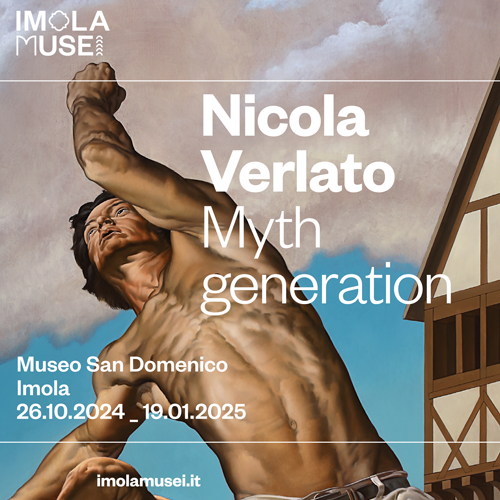Siena, controversy over Mercato Grande: from philological market becomes Tyrolean market
Some controversy on social media in view of an event to be held in Siena this weekend: on December 2 and 3, in fact, the “Mercato Grande” is scheduled, a kind of Christmas market that has been held for several years (since 2009, to be precise) in Piazza del Campo and features dozens of exhibitors (this year about 150 are expected). This is not, however, a Christmas market in imitation of the Tyrolean and South Tyrolean ones seen in much of Italy: the “Mercato Grande” was created with the idea of re-enacting the daily market that in the Middle Ages was held right in the Piazza del Campo, and which on Saturdays usually expanded to include merchants who came from outside the city to place their wares (and it was precisely the Saturday market that was called the “big market”). In order to be as close as possible to the ancient market, today’s Mercato Grande was designed with the advice of a historian (Maurizio Tuliani), and it requires that each stall be done in a certain way (these are wooden stalls topped by a simple white curtain, thus recreating the stalls of ancient times), and even on the kinds offered for sale there’there is a careful discipline, with the goods arranged within sectors that respect the layout of the ancient market, and which followed the course of the square.
All was well, until this year: during the setting up of this year’s edition of the Mercato Grande, in fact, controversy arose because, apparently, the event will undergo a transformation. Therefore, no longer a market as in previous years, with the aim of giving an idea of the ancient medieval market, but an event that will also see here the presence of the alpine cottages that are now seen everywhere. In short, it would really seem that the Mercato Grande this year will lose its specificity and will be homologated to many other markets that are seen up and down Italy. Hence, the criticism on the web.
“No, please, not this horror! And no!” writes Gabriella Piccinni, former professor of Medieval History at the University of Siena, on her Facebook profile. “The market on the Campo was designed with delicate stalls, white tents, built with a certain philogical rigor, distributed in space with respect for history and aesthetics on the design of ancient markets, with competent consultations such as that of Maurizio Tuliani. What have we done wrong to deserve these cheap little houses?” The post received dozens of comments, mostly in agreement with this position, but some also try to give an explanation: the Tyrolean model stalls, while not contextualized, provide more shelter from the cold for traders, and are better suited to house products, which no longer need to be brought back to the hawkers’ vans in the evening and then repositioned in their place in the morning (an operation that is inevitable with “medieval” stalls). In short, it seems that the rationale for the change is convenience for traders: less philology, but more practicality.
However, the problem, according to some commentators, is that this way Siena will no longer have its “Mercato Grande,” unique in Italy, but a Christmas market similar to many others. Was it worth it? There is a lively discussion in the city...


 |
| Siena, controversy over Mercato Grande: from philological market becomes Tyrolean market |
Warning: the translation into English of the original Italian article was created using automatic tools. We undertake to review all articles, but we do not guarantee the total absence of inaccuracies in the translation due to the program. You can find the original by clicking on the ITA button. If you find any mistake,please contact us.






























